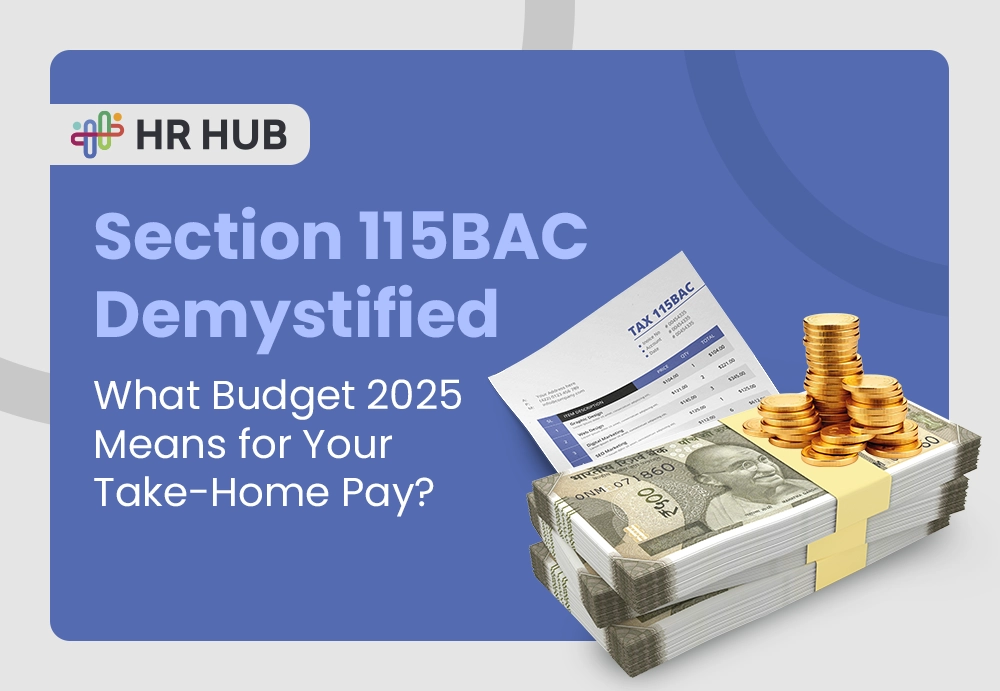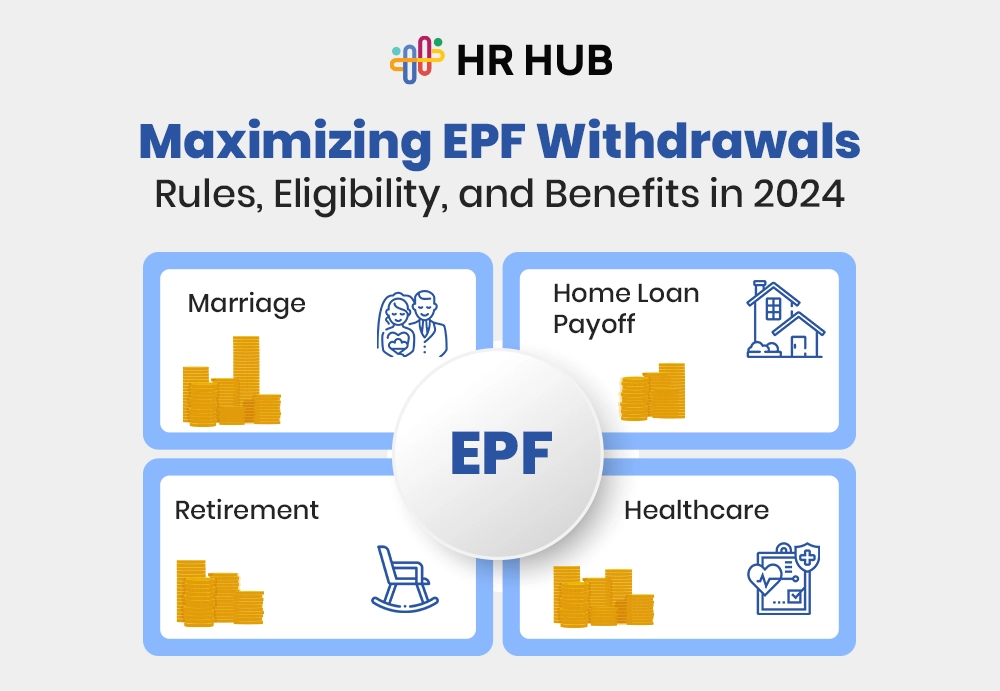Back in the day, workplace “wellness” meant a weekly fruit basket and an occasional seminar on desk stretches. If you were lucky, maybe a yoga instructor appeared on Employee Appreciation Day.
But fast forward to 2025, and here we are, living in a faster, louder, and more anxious world than ever. Zoom fatigue isn’t a punchline anymore. It's a pulse check. Burnout isn't rare—it's expected. And a shocking number of employees admit they’re "working unwell".
The modern workforce is no longer content with perks that look good in a brochure but do little in practice. They're asking for something real, tangible, and transformative.
They're asking for employee wellness benefits that work.
Why 2025 Is the Year of “Whole Human” Wellness?
Here’s the truth: People don’t leave jobs because the cafeteria stopped serving oat milk. They leave because they feel unseen. Unheard. Unsupported.
Wellness in 2025 isn’t a campaign. It’s a commitment to the whole person—mental, emotional, physical, social, and financial.
When we say employee wellness benefits, we’re not just talking about what’s covered in insurance. We’re talking about how your company responds to life’s chaos.
Your star performer just became a caregiver overnight. Your new hire struggles with social anxiety in meetings. Your team lead is quietly juggling grief. Your designer is facing burnout, but smiling through it on Slack.
What support do they get?
Mental Health at Work: From Taboo to Table Stakes
Let’s rewind a decade. If you mentioned anxiety at work, someone would probably offer you a stress ball—or worse, silence. Talking about mental health in the workplace was like walking on eggshells. But in 2025, it’s clear: mental health at work isn’t a side conversation—it’s the main dialogue.
Employees today expect their workplaces to acknowledge mental health as seriously as physical health. And no, offering a meditation app buried deep in the intranet doesn't count.
What’s working now?
- Proactive check-ins: Managers are trained to spot signs of distress and initiate compassionate conversations.
- Slack-integrated well-being bots that remind employees to take breaks, hydrate, and reflect on their energy levels.
- Mental health stipends: Employees can use this for therapy, digital well-being apps, or even things that bring them joy, like books, art supplies, or a nature retreat.
- Peer support networks: Informal but structured communities within the company where employees can safely share struggles and coping strategies.
But most importantly, companies are replacing silence with a safe space. At town halls, people talk openly about mental health. Leaders share their own stories. And employees? They’re showing up as their whole selves—finally.
What Are Today’s Best Wellness Programs Offering?
Let’s stop treating wellness like a one-size-fits-all water bottle. The best well-being programs in 2025 are personalized, inclusive, and flexible enough to grow with each employee’s evolving lifestyle.
Consider the following new-wave offerings making a real impact:
- Neurodiversity support: Resources, coaches, and customized work environments for ADHD, autism, and learning differences.
- The Example is Microsoft: Since 2015, Microsoft's Neurodiversity Hiring Program has focused on attracting and supporting neurodivergent talent, offering tailored interview processes and workplace accommodations.
- Menstrual health leave: Yes, progressive companies are offering paid time off for those experiencing difficult cycles—no more silently toughing it out.
- The example is Zomato, which offers up to 10 days of annual leave to all women and transgender employees, aiming to foster a culture of trust and acceptance.
- Caregiver support: This is a game-changer for sandwich generation employees, from childcare to elder care reimbursements.
- The example is Adobe: Partners with Bright Horizons to provide employees with child and elder care resources, including backup care services and family concierge support.
- Global wellness parity: If you’re a multinational company, employees in all locations—not just HQ — deserve access to the same quality of wellness.
- Citi is an example. Through partnerships with organizations like Bright Horizons, it offers its employees globally a variety of family support resources, including child and elder care services.
Some companies even let employees build their own wellness stack, choosing benefits based on lifestyle. One might pick therapy, gym, and pet insurance, while another might prefer meditation, sleep aids, and an ergonomic chair.
These employee wellness benefits are powerful because they respect individuality, which makes all the difference.
Redefining Workplace Stress Solutions (Hint: It’s Not Ping-Pong)
We’ve all seen it—the brightly lit startup office with the ping-pong table no one uses after week two. The truth? If your culture is toxic, no table game can fix that.
Stress in today’s workplace isn’t just about workloads. It’s about ambiguity, lack of autonomy, poor communication, and microaggressions that quietly erode well-being.
The most forward-thinking companies are doing things differently:
- Clarity over chaos: Clear OKRs (Objectives and Key Results), well-defined responsibilities, and open-door policies for workload adjustments.
- Work design audits: Internal teams analyze job roles and workflows to identify stress triggers and bottlenecks.
- Mental load reduction: No more glorifying the “always available” badge. Slack hours are enforced. Weekend emails are frowned upon—not rewarded.
One trend-making wave is stress dashboards, anonymous pulse checks that help HR visualize team-wide stress levels and intervene before things explode.
Because when we talk about workplace stress solutions, we’re not looking to sugarcoat burnout—we’re here to prevent it.
Stories That Stick: The ROI of Actually Caring
Let’s pause the metrics briefly and discuss something that doesn’t fit neatly in Excel: impact.
There’s a story behind every employee wellness initiative. Like the junior analyst who was about to resign due to social anxiety in client meetings, until her company enrolled her in soft skills coaching and paired her with a mentor. Today? She’s leading presentations and mentoring others.
Or the night-shift technician who used the wellness fund for grief counseling after losing a parent, and now says, “This is the first company that made me feel human.”
This is ROI in its most profound form.
And yes, the numbers follow:
People don’t just stay because of paychecks. They stay because you show them they matter.
The Hidden Cost of Doing Nothing
There’s a silent crisis in organizations that talk about well-being but don’t invest in it.
The cost? It doesn’t always show up on financial reports. It shows up as:
- Passive disengagement.
- Ghosting after onboarding.
- Team leads burning out and quietly quitting without notice.
- Exit interviews filled with “It just didn’t feel right.”
Ignoring wellness tells your employees that their mental, emotional, or physical health isn’t your priority. In 2025, that message spreads like wildfire through LinkedIn posts, industry chatter, and anonymous job boards.
And if you think great talent won’t find out?
They already have.
Inaction has a cost. It costs culture. It costs innovation. It costs trust.
And in the end, it costs you your best people—slowly, then suddenly.
Building a Wellness-First Culture with HR HUB
Wellness that works is wellness that’s woven into your culture.
At HR HUB, we don’t believe in band-aid perks. We believe in creating infrastructure that supports well-being at every stage—from onboarding to exit.
With HR HUB, you can:
- Launch customizable employee wellness benefits tailored to real needs.
- Monitor emotional pulse through feedback tools and 360° reviews.
- Offer resources for mental health at work via integrated support tools.
- Manage time-off policies, stress-related leave, and health reimbursements with ease.
- Build company-wide wellness goals directly into your HR dashboard.
The result? A workplace where people aren’t just surviving, but thriving.
Your Next Move: Make Wellness the Norm, Not the Exception
2025 isn’t asking for more perks. It’s asking for more purpose.
Wellness isn’t about doing everything—it’s about doing the right things. The ones that make your people feel safe, seen, and supported.
And when you do that? They’ll give you everything they’ve got. Not because they’re forced to, but because they want to.
Let HR HUB help you get there.
Because real wellness isn’t a benefit.
It’s a belief.






